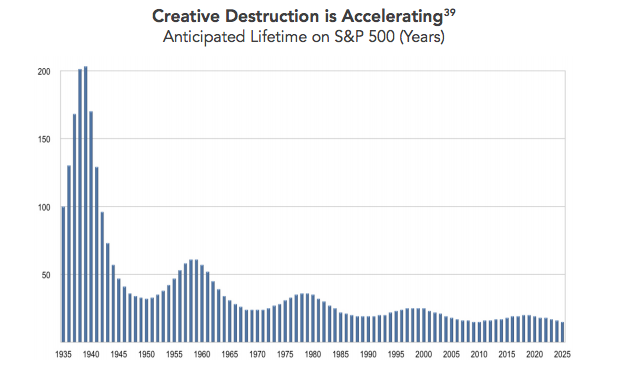The Value of Risk-Based Capital in Financial Regulation

===============================================================
Should a credit?analyst care about financial?leverage? ?Of course, the amount and types of financial claims against a firm are material to the ability of a firm to avoid defaulting on its debts. ?What about operating leverage? ?Should the credit?analyst care? ?Of course, if a firm has high fixed costs and low variable costs (high operating leverage), its financial position is less stable than that of a company that has low fixed costs and high variable costs. ?Changes in demand don’t affect a firm as much if they have low operating leverage.
That might be fine for industrials and utilities, but what about financials? ?Aren’t financials different? ?Yes, financials are different as far as operating leverage goes because for financial companies, operating leverage is the degree of credit risk that financials take on in their assets. Different types of lending have different propensities for loss, both in terms of likelihood and severity, which are usually correlated.
A simple example would be two groups of corporate bonds — ?one can argue over new classes of bond?ratings, but on average, lower rated corporate bonds default more frequently than higher rated bonds, and when they default, the losses are typically greater on the lower rated bonds.
As such the amount of operating risk, that is, unlevered credit risk, is material to the riskiness of financial companies.
Credit analysis gets done on financial companies by many parties: the rating agencies, private credit analysts, and implicitly by financial regulators. ?They all do the same sorts of analyses using similar underlying theory, though the details vary.
Regulators typically codify their analyses through what they call risk-based capital. ?Given all of the risks a financial institution takes — credit, asset-liability mismatch, and other liability risks, how much capital does a financial institution need in order to stay solvent? ?Along with this usually also comes cash flow testing to make sure that?the financial companies can withstand runs on their capital structure.
When done in a rigorous way, this lowers the probability and severity of financial failures, including the remote possibility that taxpayers could be tagged in a crisis to cover losses. ?In the life insurance industry, actuaries have worked together with regulators to put together a fair system that is hard to game, and as such, few life and P&C insurance companies went under during the financial crisis. ?(Note: AIG went under due to its derivative subsidiary and that they messed with securities lending agreements. ?The only failures in life and P&C insurance were small.)
Banks have risk-based capital standards, but they are less well-designed than those of the US insurance industry, and for the big banks they are more flexible than those for insurers. ?If I were regulating banks, I would get a small army of actuaries to study bank solvency, and craft regulations together with a single banking regulator that covers all depositary financials (or, state regulators like in insurance which would be better) using methods similar to those for the insurance industry. ?Then every five years or so, adjust the regulations because as they get used, problems appear. ?After a while, the methods would work well. ?Oh, I left one thing out — all banks would have a valuation actuary reporting to the board and the regulators who would do the cash flow testing and the risk-based capital calculations. ?Their positions would be funded with a very small portion of money that currently goes to the FDIC.
This would be a very good system for avoiding excessive financial risk. ?Dreaming aside, I write this this evening because there are other dreamers proposing a radically simple system for regulating banks which would allow them to write business with no constraint at all with respect to credit risk. ?All banks would face a simple 10% leverage ratio regardless of how risky their loan books are. ?This would in the short run constrain the big banks because they would need to raise capital levels, though after that happened, they would probably write riskier loans to get their return on equity back to where it was.
My main point here is that you don’t want to incent banks to write a lot of risky loans. ?It would be better for banks to put aside the right amount of capital versus varying classes of risk, and size the amount of capital such that it is not prohibitive to the banking system.
As such, a simple leverage ratio will not cut it. ?Thinking people and their politicians should reject the current proposal being put out by the Republicans and instead embrace a more successful regulatory system manned by intelligent and reasonably risk-averse actuaries.


